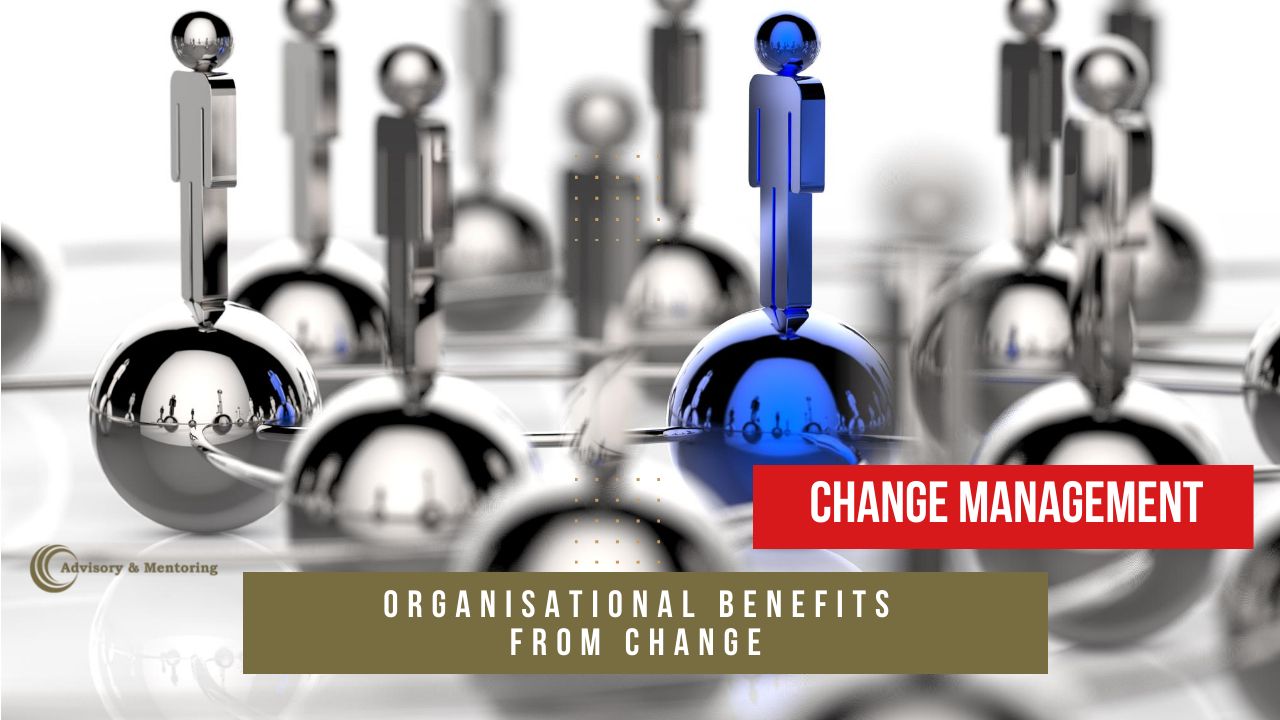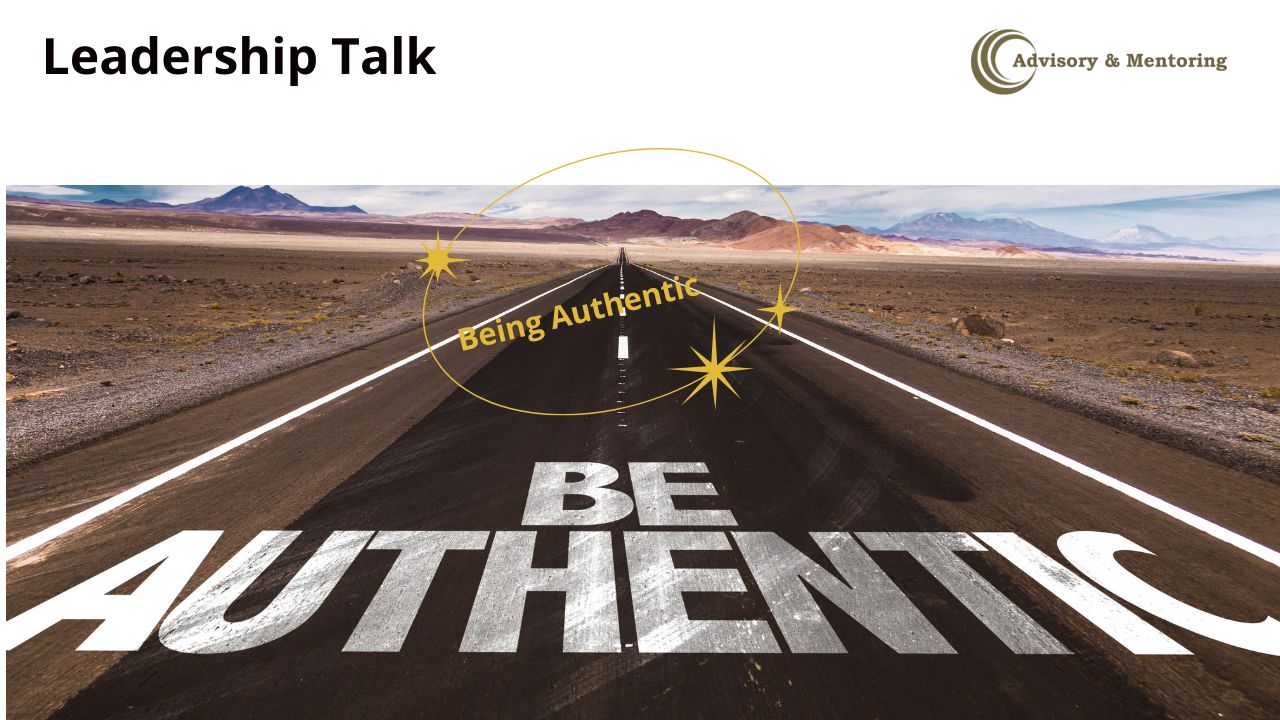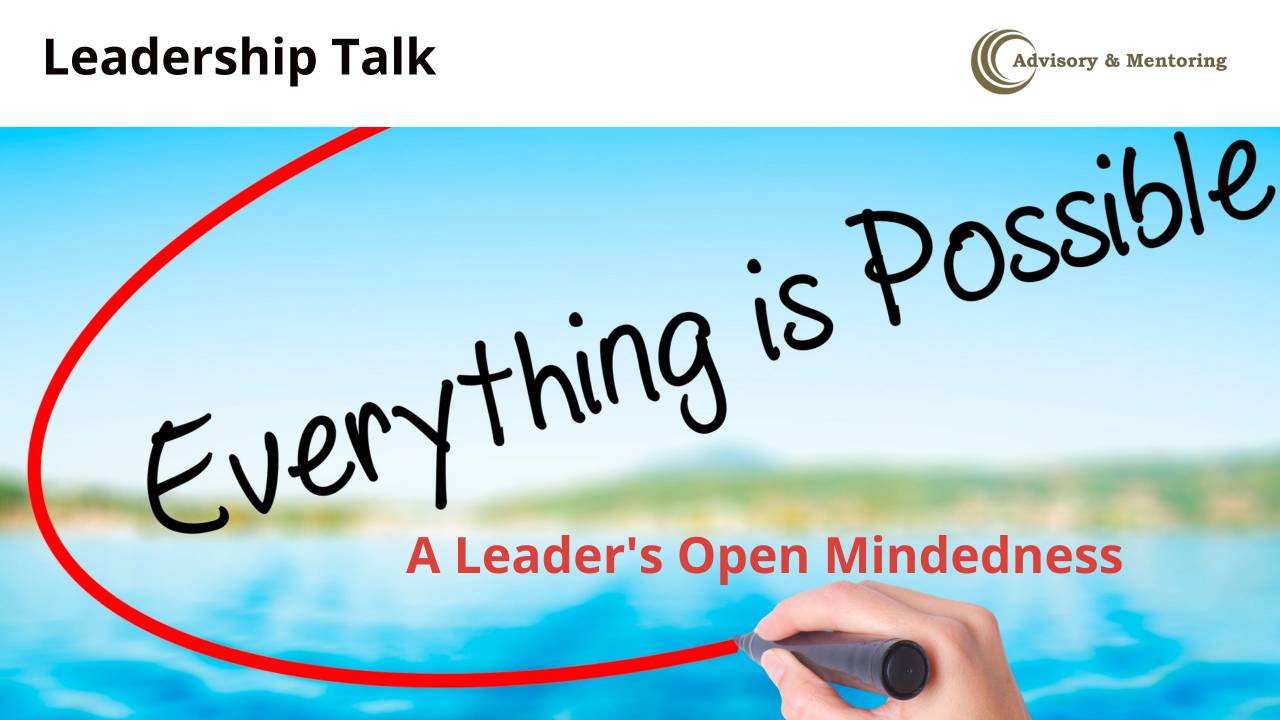Business or organizational benefits are the positive outcomes and features that contribute to the achievement of the organization’s objectives. In the context of change and project management, they are the positive outcomes and features caused by, generated by, or produced by the effective managemen...
Can you change the 2025 results of your business over lunch?
Yes you can and you can even do it over a "digital lunch".
If you want to get an expert and very experienced external Master Strategist’s take on your issues and find the solutions for a clear way forward, then arrange for us to meet over ...
As a result of the work we do, we know that there are no “perfect” organisations. They all struggle with their own problems, challenges, issues, and opportunities.
Sometimes, a group of executives knowledgeable of the issue, sit down and navigate path forward. It may not be an ideal solution, but i...
Over the last few years, you have probably seen regular newsletters, webinars, and other information from Advisory & Mentoring.
Our clients, of course, have seen much more from us – increased profit, increased sales, lower costs, lower risk, new opportunities. It’s what we do and what we’re known f...
Proactive, collaborative and transparent leaders consider, the effect and reaction from others when looking at what changes in action, behaviour or management style will have over the team or department in their organisations. These leaders carefully measure how a decision relating to one department...
Being an “authentic leader” depends on how you define the term as the concept of Authentic Leadership is still evolving.
It’s important to recognise that employees look up to a leader who can lead, who demonstrates positive values, and who demonstrate the behaviours they want others to adopt. This ...
Picture this: you’re sitting in a business meeting watching proceedings. The senior multi-cultural manager attendees are meeting to resolve a major issue.
The leader, who has been in the industry and CEO of the organisation for a couple of decades, is chairing the meeting.
There is general agreeme...
There are many people who argue that emotional intelligence (EQ) is more important than general intelligence (IQ).
The reality of course, is that both are very important, and context plays a key role in determining which is more critical in a particular situation.
From the perspective of leadership, ...
We all have a reasonably accurate view of ourselves – regardless of how we present ourselves to others. Most of us know or suspect our “true selves.”
Similarly, we each have a reasonable understanding of what we consider “right” and what we consider “wrong” in our lives.
That sense of right and wrong ...
This blog post is a chapter extract from the book by Cenred Harmsworth and Dr Jack Jacoby: Managing Change Initiatives
Available in Hard Back, Soft Back and eBook from Amazon.
DEFINITION AND OVERVIEW
A business case presents and assesses the business justification for initiating a task or project.
...We regularly deliver insightful and thought-provoking webinars for senior executives in order to help them reach their goals.
You may be wondering about the connection between Robin Speculand’s Strategy Implementation webinar and the critical 12 Pivot-Points methodology that is Advisory & Mentoring...
The general understanding of the term “maturity” is of a person behaving emotionally and mentally as would an adult, and immaturity is behaving as an adult wouldn’t.
Based on the people we have known during our lives, it would be hard to convince us that all leaders are mature, even though they may...
Receive our executive monthly blog posts in your inbox
Blog Registration
You can unsubscribe at any time.













